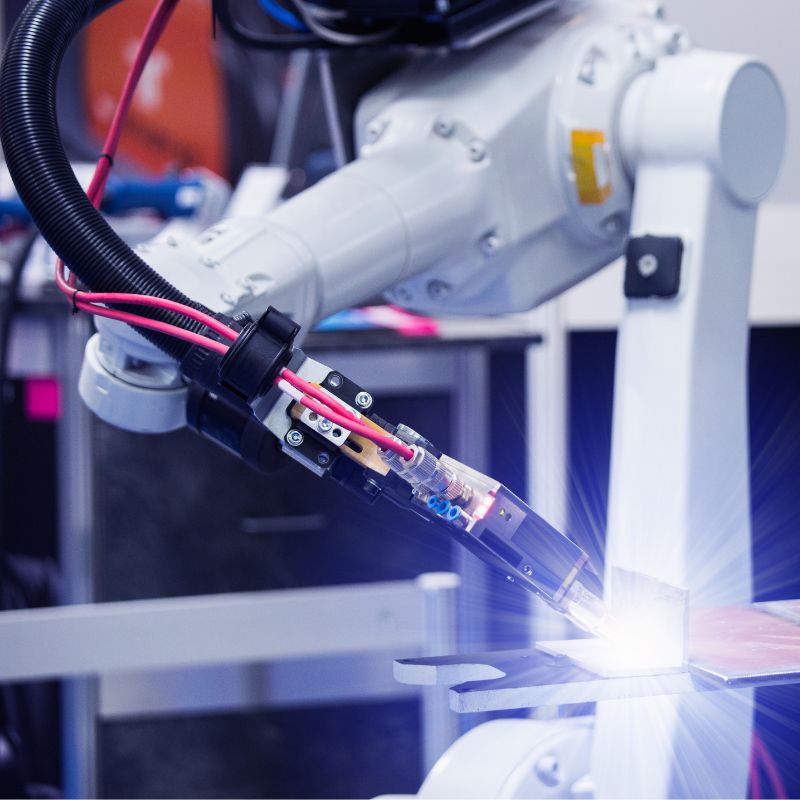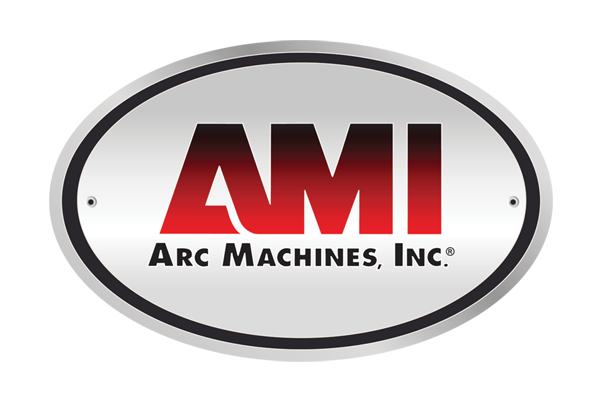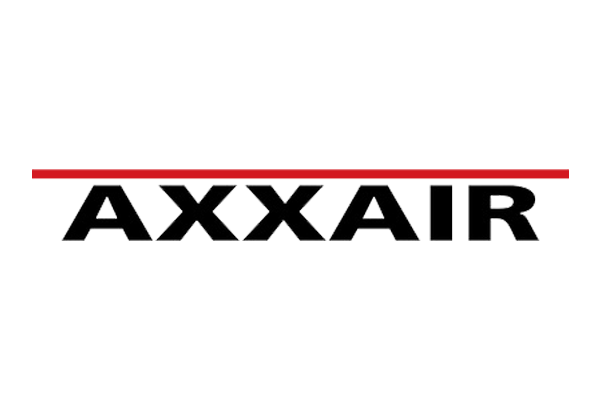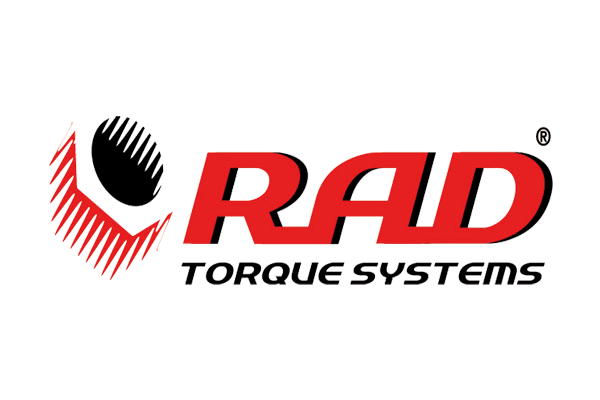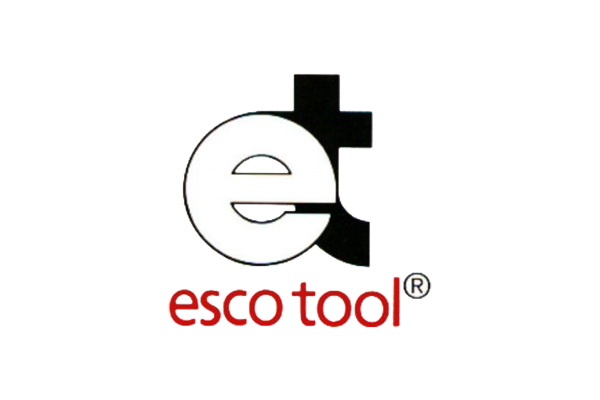4 Welding Solutions for the Medical Device Industry
Welding plays a crucial role in the medical device industry, as it is the process that joins different metal components together to form the devices used in various healthcare settings. The stringent requirements of the medical industry demand that welding solutions provide high durability, reliability, and consistency to ensure devices can safely perform their intended functions.
Fortunately, welding technology has evolved significantly to meet these demands. Let’s explore four welding solutions for the medical device industry and how they can provide superior quality and consistency.
Laser Welding
Laser welding is a high-precision welding technology that uses a focused laser beam to melt and fuse metal parts. This technology offers several advantages, such as fast welding speed, minimal heat input to the parts, and high weld strength. In the medical device industry, laser welding can join small, intricate parts, such as catheters and dental tools. With the ability to produce precise welds, laser welding can ensure devices meet the strict tolerances required in the medical industry.
Ultrasonic Welding
Ultrasonic welding uses high-frequency vibrations to bond metal parts through frictional heat. This technology is particularly useful for welding plastics and non-ferrous metals used in medical devices. Ultrasonic welding offers advantages such as fast welding speed, low energy consumption, and homogeneous welds that do not require additional fillers or adhesives. These features make ultrasonic welding ideal for high-volume medical device production where speed and cost-efficiency are crucial.
Resistance Welding
Resistance welding involves applying pressure and electrical current to metal parts to melt and fuse them. You can divide this technology into sub-techniques, such as spot welding, seam welding, and projection welding. Resistance welding is ideal for welding thicker metal parts or dissimilar metals, such as stainless steel and titanium, that are commonly used in the medical device industry. The method is cost-effective and produces solid and uniform welds with minimal distortion.
Gas Tungsten Arc Welding (GTAW)
Gas Tungsten Arc Welding (GTAW) is a form of welding that uses a non-consumable tungsten electrode to generate an electric arc and melt metal parts. GTAW welding is known for its precision, high-quality welds, and ability to weld thin metals without warping or distortion. In the medical device industry, GTAW welding joins parts such as surgical instruments, implants, and orthopedic devices. The method’s precision, minimal heat input, and absence of filler material make it a popular choice for creating high-quality welds with minimal clean-up.
Choosing a welding solution that meets the strict standards of the medical device industry requires a deep understanding of the various welding technologies available. Each of the four welding solutions discussed above offers unique features that make them ideal for welding different types of medical devices. Understanding these technologies’ strengths can help manufacturers choose the best welding solution that ensures the high quality, consistency, and durability of medical devices.
If you need orbital welding equipment, SEC Industrial has everything you need to weld with confidence. Our equipment is designed for the medical device industry, ensuring accuracy and precision in every weld. Contact us today to learn more about our welding solutions and explore how we can help you meet your production needs.
